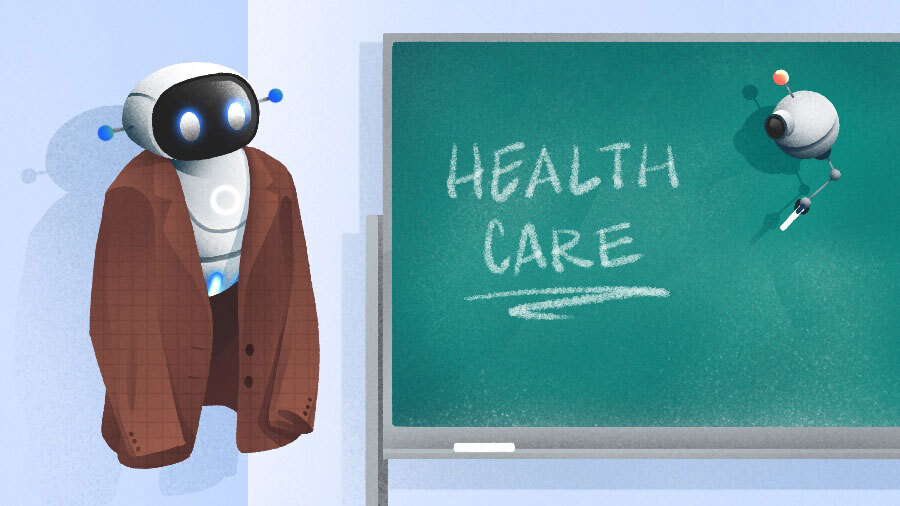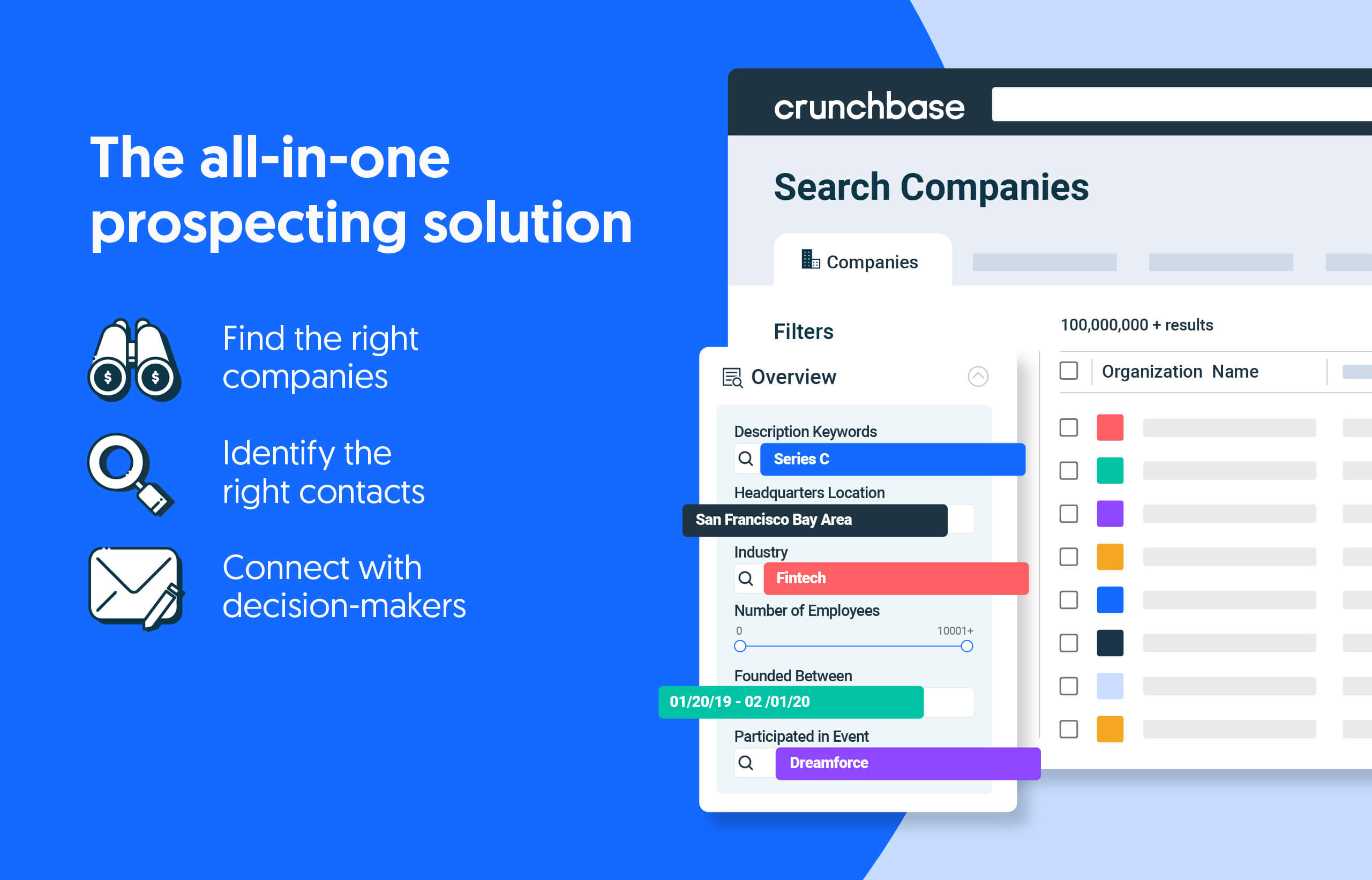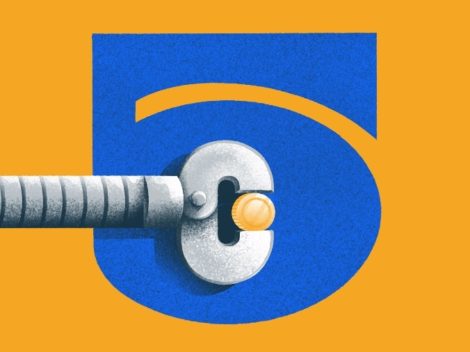Editor’s note: This story is Part Three of our series on artificial intelligence startups and their impact on multiple sectors. In Part One, we analyze VC investment in AI over the last decade. Part Two looks at the billions of dollars rolling into AI-enhanced cybersecurity. Part Four spotlights some creative ways startups apply AI to their sectors.— Special Projects Editor Christine Kilpatrick
There are simply too few doctors in the U.S., and too many patients who need them.
Amid doctor burnout and long waitlists to see specialists, a niche in technology that saw slow adoption rates was suddenly in high demand: medical imaging AI used to aid in diagnostics. Such technology could help prescreen patients or work alongside physicians to scan images and help find problems that may have gone unnoticed by the tired, overworked human eye.
Funding for startups with this technology jumped from $348 million to over $1 billion between 2020 and 2021, per Crunchbase data. Though that number has dipped to $883 million so far in 2022, it’s still the second-largest year of funding for AI in diagnostics to date.
Search less. Close more.
Grow your revenue with all-in-one prospecting solutions powered by the leader in private-company data.
“[Adoption] was pretty slow up until COVID,” said Sara Choi, a biotech investor at Wing VC. “Now, I think there’s been a renewed focus on anything that fixes physician or clinician burnout.”
And yet, despite its inherent advantages, doctors are still apprehensive about this new technology.
“It really requires a quite nuanced understanding of: How is this going to fit into a doctor’s workflow?” said Jacob Effron, a health care-focused investor at Redpoint Ventures. “How does it fit into the incentives of different people in the system?”
An answer to doctor burnout
America’s doctor shortage has effectively turned every clinic, doctor’s office and care organization into need-based systems where only the most urgent patients could see a physician in a timely manner.
“Humans are missing a lot of diseases because there is an inherent mindset where they’re thinking, ‘Can I treat this patient tomorrow?’” said Kaushal Solanki, CEO and founder of medical imaging AI startup Eyenuk. “And that’s not the preferred threshold.”
Doctors are juggling large patient panels every day, unable to spend enough time with each patient to better treat them. This leads to burnout, which in turn translates into low-quality care. Most importantly, patients who can’t see a doctor frequently are treated for problems that could have been avoided if caught early.
That’s where companies like Eyenuk come in. The 12-year-old California-based company’s platform can autonomously diagnose diabetic retinopathy, a disease that quietly grows behind the eyes and can worsen without immediate medical intervention. It was granted FDA clearance in 2020 and has processed around 2 million images to date. Eyenuk raised $26 million in Series A funding in October led by AXA Investment Managers, according to Crunchbase data.
Eyenuk’s platform prescreens patients and allows ophthalmologists to prioritize who to see based on need. But the goal is to one day put the device in hospitals and primary care offices so doctors can check patients’ eyes instead of referring them to a hard-to-find specialist.
“This could be operated by anybody with a high school diploma and produce an actionable report that can define next steps for the patient, whether they are referred to an ophthalmologist or an eye care specialist, or they would be seen next year for repeat screening,” Solanki said.
This type of medical imaging technology is used in a slew of other sectors as well. Pearl, a venture-backed dentistry startup based in California that has raised $11 million, has a platform called Second Opinion (can you guess why?) that scans teeth imaging to point out a variety of tooth ailments to doctors. Israel-based Aidoc offers radiology-focused artificial intelligence tools to customers that scan radiology images to look for potential issues. The company has raised over $237 million.
Adoption still lags
While adoption spiked during the pandemic, rollout of medical imaging AI is yet to be as widespread as its visionaries would have hoped.
“It’s actually not a problem of the technology not being sophisticated enough,” said Choi. “It’s an adoption problem, and really proving out the use cases to convince providers that there’s business value as well as clinical value to these solutions.”
Provider buy-in is paramount for almost any kind of health care offering, but running through a packed schedule of patients makes it difficult to learn and embrace a new technology that may impede workflow, especially if they don’t think it will add much value.
There’s good reason for that skepticism. The American College of Radiology found that most AI platforms aren’t independently validated, calling into question the accuracy of these platforms. The Food and Drug Administration doesn’t have consistent qualifications for how big or diverse the training data set ought to be.
“We need these models to work transparently and be explainable. And that’s the difference that clinicians are looking for — because a doctor deserves to know how these machine-learning models are reading their patients,” said William Padula, an assistant professor of pharmaceutical and health economics at the University of Southern California. “The fear here is that while the programmer knows what they’ve done to create the model, it’s unclear how exactly it’s looking at the patient.”
But the promise of AI can’t be understated. In a post-pandemic health system, easy-to-access diagnostic resources are going to be important. Public health officials are pushing for more at-home or accessible diagnostic tests for all sorts of illnesses. And diagnostics accounts for 70% of all health care decision-making.
“We believe that the technology has to be good enough to work on its own. And that actually creates value for the system,” Solanki said. “Now there’s one less thing that the specialists have to worry about, which is routine screening.”
Illustration: Dom Guzman

Stay up to date with recent funding rounds, acquisitions, and more with the Crunchbase Daily.







![Illustration of a robot typing on a laptop. Generative AI [Dom Guzman]](https://news.crunchbase.com/wp-content/uploads/generative-ai-v1-300x168.jpg)




67.1K Followers